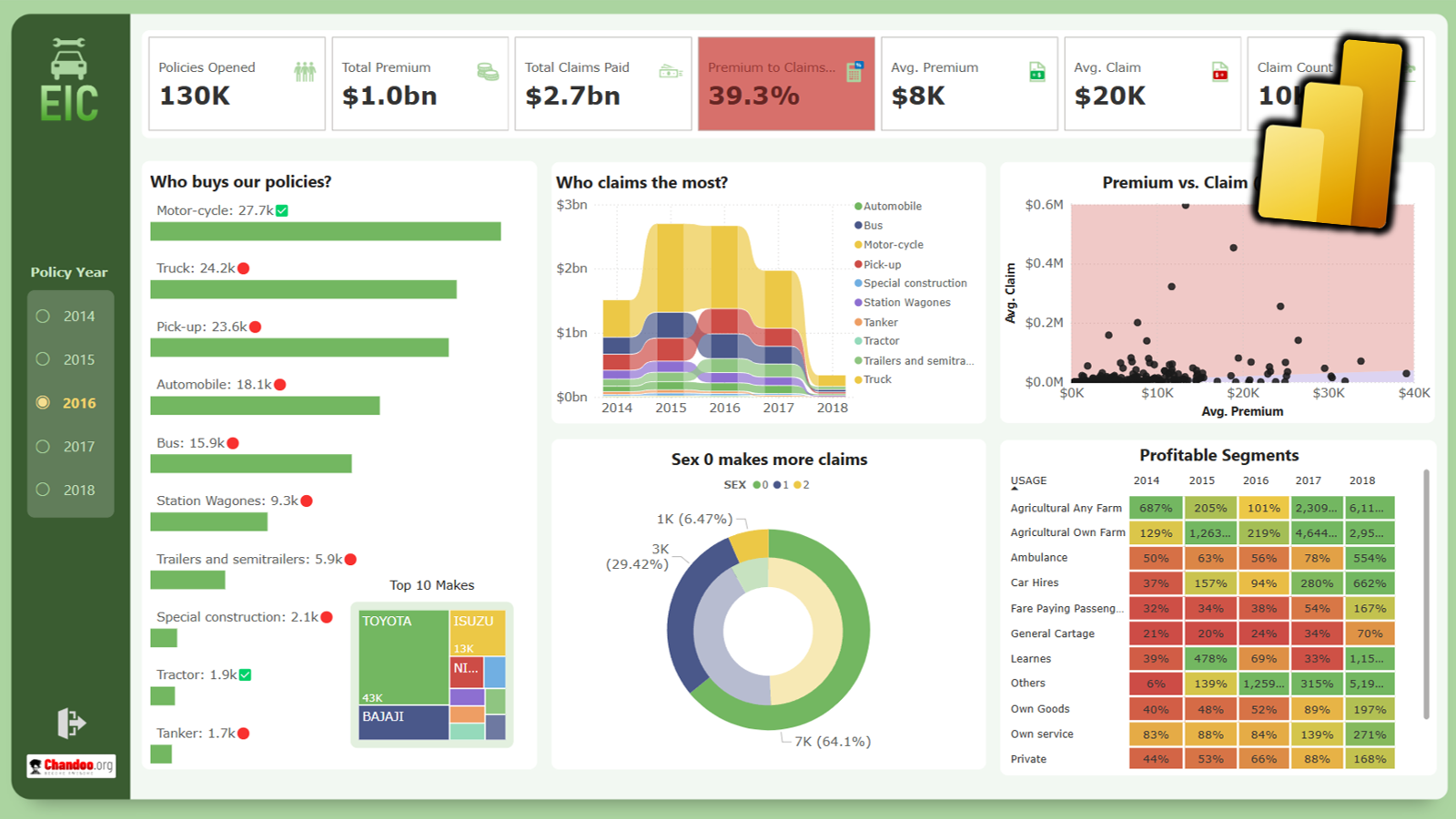Yesterday in Formula Forensics 008 we looked at Elkhans MaxIf problem.
However the solution/formula as presented is the final solution to his problem.
Elkhans original worksheet contained other problems and today we will look at this:
I have attached the orginal file as a sample file you can Download Here.
You will see that the MaxIf cell F13 is returning 0, where it should be showing 0.246
Houston, We’ve Had a Problem!
Cell F13 has the same formula we looked at in yesterday’s Formula Forensics: =MAX(IF((Parameter_3=D13)*(Parameter_4=E13),Parameter_5,0))
A quick check of the formula reveals that everything was technically right with the formula, yet the answer is wrong?
To solve this I tried several steps which is the topic of this post:
Examine the logic of the If’s Criteria
The formula =MAX(IF((Parameter_3=D13)*(Parameter_4=E13),Parameter_5,0)) works by calculating the maximum value from the If array.
So step 1 was to look at the logic in the If’s Criteria
That is (Parameter_3=D13)*(Parameter_4=E13)
In cell F15 I entered = (Parameter_3=D13)*(Parameter_4=E13) followed by F9
Excel returns: = {0;0;0;0;0;0;0;0;0;0;0}
This tells me that none of the Cells match the criteria, strange?
Yet manually I can see 4 matching records, below:
Check Cell Length
The next quick step was to look at the length of the text in each cell.
In Column I, I added a =Len(E2) and copied down, there was only 2 characters in each cell, this step eliminated leading or trailing spaces.
Retype the Data
Elkham supplied the source data in an Excel file.
But the Criteria was manually typed by me.
So the next step was to retype some of the original data in Cell E2
Wow an Answer, So obviously there was a difference?
What is Wrong Here?
So obviously there was a difference between the C1 in cell E2 and the C1 in cell E13?
I checked this in 3 ways
1. Type the value “C1” into Cell E2, without the quotes
This returned an answer 0.08 from F2 as it should have.
2. Copy an old “C1” value to E13
This resulted in the correct answer of 0.246 in F13
3. Use a quick Formula
Entering a quick formula
In F17 type =E2=E13
Excel returns False
Showing that the value of cell E2 does not match E13
So what is in E2:E12 ?
As I had typed the values into the Criteria Cells D13:E13, I knew what they were, they were a plain and simple “C1”
So what was in E2:E12 ?
Next step was to look at the Ascii values of the 2 characters in Column E.
In K2: =Code(Left(E2,1))
In L2: =Code(Right(E2,1))
Copy both down to Row 13
Bingo !
The Character C in cell E2 wasn’t the same as the Character C in E13 ?
Yet both cells contained a Calibri Font.
If I now type in a spare cells:
F18 =Char(63), Excel displays a “?”
F19 =Char(67), Excel displays a “C”
Yet Cell E2 is clearly displaying C1 with a First Character Ascii code of 63 which should be a ? mark.
I suspected that it had been copied and pasted from MS Access, So I shot an email back to Elkhan, asking “What the source of the data was?”.
The response came back that “The data had been copied from a Russian (Cyrillic) version of an MS Word File and pasted into an English version of Excel.”
I can’t explain what has happened but somehow the character sets and associated values got scrambled when copied the data from the Russian Word Document into Excel
If you have had experiences like this or can explain what has happened please do so in the comments below:
Solution
The Solution was now easy
Use Search/Replace
Copy the contents of cell E1,
goto Search/Replace or Ctrl H
Find: Paste the contents of Cell E1
Replace with: C1
Conclusions:
- Be careful when receiving data from foreign language files, including word and Excel files
- Check summations based on such data to ensure its integrity
- Be methodical in tracking down problem cells
Lets us know about your Data Transfer Nightmares
Have you had any strange data transfer issues?
Let us know in the comments below.



























